Demonstrative Pronoun
A pronoun is a word that is used in place of a noun.
Click Here for Step-by-Step Rules, Stories and Exercises to Practice All English Tenses
Let's look at this sentence:
Tom catches
the ball.
In this sentence, "Tom" is a noun. We can replace the noun "Tom" with the personal pronoun "He."
He catches
the ball.
Some other common pronouns are he, she, it, them, mine, itself, they, and we.
Demonstrative pronouns
Demonstrative pronouns
are one type of pronoun. A demonstrative pronoun is used in place of a noun."Demonstrative" means "showing, making something clear."
Demonstrative pronouns point to things.
The demonstrative pronouns are
this
that
these
those
that
these
those
Examples:
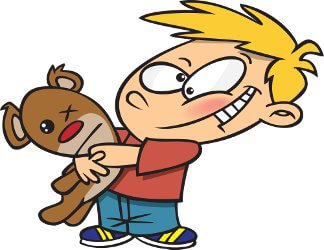
This is my bear.
That is the
best one.
Do you like these or those?
Can I paint with these?
I want those.
Do you like these or those?
Can I paint with these?
I want those.
Click on the following links to jump to:
- Rules
for demonstrative pronouns
- Using
demonstrative pronouns in sentences
- This
and These
- That
and Those
- Tips
for using demonstrative pronouns
- Demonstrative adjectives
Rules for demonstrative pronouns
| Near the speaker | Farther away from the speaker | |
| Singular | this | that |
| Plural | these | those |
- "This"
and "that"
are singular
(one).
- "These"
and "those"
are plural
(more than one).
- Use "this"
and "these"
to talk about
things that are near
in space or in time.
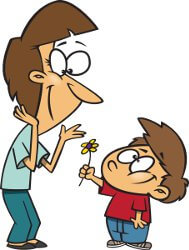
This is for you!
- Use "that"
and "those"
to talk about
things that are farther
away in space or time.
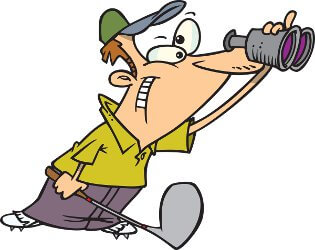
That went in the hole.
Using demonstrative pronouns
in sentences
A demonstrative pronoun can be the subject,
direct
object, indirect
object, or object
of
the preposition in a sentence. Let's look at example sentences for each type.
A) Examples as a subject:
- That
was a special day.
("That" is the subject of the sentence.)
- This
belongs to Billy.
("This" is the subject of the sentence.)
- Those
are ready to eat.
("Those" is the subject of the sentence.)
- These
taste like bananas and cherries.
("These" is the subject of the sentence.)
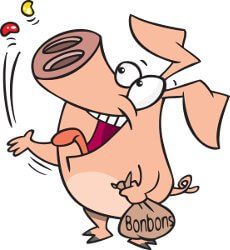
B) Examples as a direct object:
- She made that.
("That" is the direct object of the verb "made.")
- Jill wants this.
("This" is the direct object of the verb "wants.")
- I'll buy those.
("Those" is the direct object of the verb "buy.")
- Do you like these?
("These" is the direct object of the verb "like.")
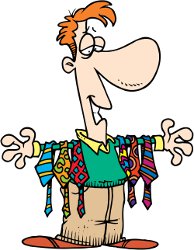
C) Examples as an indirect object:
- Ron has four cats. The two little ones were very dirty. He gave these a bath.
("Those" is the indirect object of the verb "gave.")
- We are working on two projects this week. One must be finished by Friday. Give that your closest attention.
("That" is the indirect object of the verb "give.")
- Jenny applied to four universities. Three of the universities accepted her. She sent those letters of appreciation.
("Those" is the indirect object of the verb "sent.")
- Our dog had six puppies! We want to keep two of them, but not the others. We need to find those a nice home with good owners.
("Those" is the indirect object of the verb "find.")
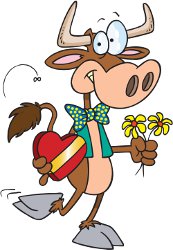
D) Examples as an object of the preposition:
- I was looking at that.
("That" is the object of the preposition "at.")
- She is thinking about these.
("These" is the object of the preposition "about.")
- Be very careful with those.
("Those" is the object of the preposition "with.")
- Doesn't your hat go with this?
("This" is the object of the preposition "with.")
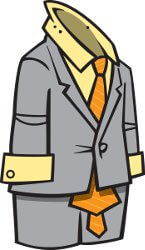
Use "this" and "these" to talk about things that are near in space or in time
This => singular
Examples:
- This
smells good. (The object is near the speaker.)
- Did you watch this?
(The object is near the speaker.)
- This
is fun! (It is happening now.)
- I like to play with this! (The
object is near the speaker.)
- This
has been a busy week. (The week is happening now.)
These => plural
Examples:
- These
are the prettiest flowers. (The flowers are near the speaker.)
- Can I look at these?
(The objects are near the speaker.)
- These
are the best times of your life. (They are happening now.)
- These
are the books I have read. (The books are near the speaker.)
- These are difficult times. (They are happening now.)
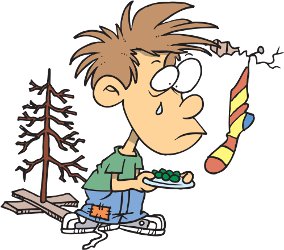
Use "that" and "those" to talk about things that are farther away in space or time
That => singular
Examples:
- That
is a beautiful ring. (The ring is not near the speaker.)
- Did you see that?
(The object is farther away from the speaker.)
- That
was a good movie. (The speaker already watched the movie.)
- I want to buy that.
(The object is farther away from the speaker.)
- That was the worst day of my life. (It happened in the past.)
Those => plural
Examples:
- Those
are my brothers. (The speaker's brothers are not physically near
the speaker.)
- Can we have some of those? (The
objects are not near the speaker.)
- Those
were fun times! (The times happened in the past.)
- Those
are your gifts. (The gifts are farther away from the speaker.)
- Those
were the best days of my life! (They happened in the past.)
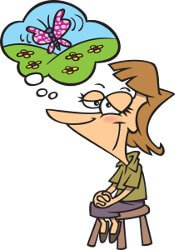
Tips
for using demonstrative pronouns
A) Use demonstrative pronouns after the object has already been identified
When writing, we usually don't use demonstrative pronouns (or other pronouns) until the object has been identified in a previous sentence or paragraph.
If you write:
Those are my favorite.
The reader will ask, "What are "those"? What things are your favorite?"
You must first identify the noun you are talking about.
I like my mother's chocolate muffins. My mother makes chocolate muffins with an old recipe from my grandmother. She uses real cocoa in her recipe. Those are my favorite!
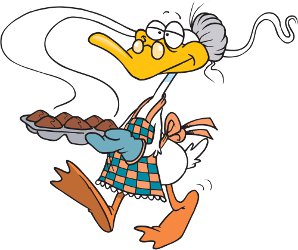
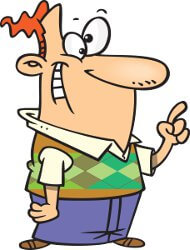
When you are speaking to someone, you can physically point to the object you are speaking about.
This is mine.
That is yours.
These are his.
Those are hers.
B) Sometimes, two demonstrative pronouns are used in the same sentence
If you are trying to decide between two different things, you might say:
I don't know if I want this or that.
This is nice, but that is cheaper.
These look beautiful, but those smell better.
If you are talking about two different things, you might say:
I was going to buy those, but I bought these instead.
I baked this, and she baked that.
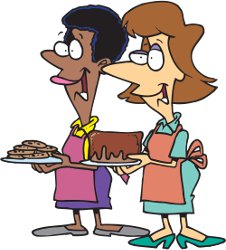
Demonstrative
adjectives
Do not confuse demonstrative pronouns with demonstrative
adjectives. Although demonstrative adjectives are the same words (this, that, these, those), they are used in a different way.
A demonstrative pronoun takes the place of another noun. Demonstrative pronouns are the subject or object of a sentence.
- That is a big house.
- This is a friendly dog.
- Those are funny!
- These are my favorite colors.
A demonstrative adjective modifies a noun. Demonstrative adjectives must be used with nouns.
- That house is big.
- This dog is friendly.
- Those jokes are funny!
- These colors are my favorite.
Demonstrative pronoun =>
takes the place of a noun
Demonstrative adjective => modifies a noun
Demonstrative adjective => modifies a noun
This was an overview of the demonstrative pronoun. Now that you understand, it is time to practice! Get our ESL Books.
Get Updates, Special Offers, and English Resources
Download your FREE GIFT (the first two chapters of
English Short Stories Book and Workbook)
as soon as you join!

By submitting your email, you consent to receiving updates and newsletters from us and to the sharing of your personal data with third parties for the purposes of sending you communications. We will not spam you. You can unsubscribe at any time. For more information, please see our privacy policy.





